Class by class, lecture by lecture, question asked by question answered, an education is built. This is one of a series of visits to one class, on one day, in search of those building blocks at BU.
Julia Catalini suspects her friends would laugh if they could see her now. She’s one of a dozen students starting their class by bouncing a red balloon to one another, following instructions from their teacher, Sara Benes: “Overhand. Under.” That exercise completed, everyone does 10 jumping jacks, followed by 6 laps in the hallway—walking, of course. Benes (SED’06,’10), a School of Education lecturer, doesn’t break the sacred school commandment against running in the hall.
For the next hour and a half, Benes runs a perpetual motion machine, her students mixing classwork—writing answers to questions about assigned readings and videos—with relentless movement: walking between workstations, marching in place, or herding into the hall again to practice different ways of relaying a balloon and small beanbag from the first person to the last, interrupted only by a lost pedestrian seeking directions. (His destination, Benes informs him, is on SED’s unusually designated floor 4½, prompting one student’s crack: “It’s like Hogwarts.”)
This is not an elementary school class, although these SED students aspire to head one someday. The course—Movement Education—teaches students who hope to be schoolteachers the basic physical education principles necessary to meet Massachusetts requirements, says Benes. Such “motor learning”—not to become a pro athlete, but to have rudimentary knowledge for executing simple physical movements—is necessary for every teacher so they can impart it to every child, she says. Learning to move is more than a good-health imperative; research suggests that it opens pathways in the brain that facilitate learning, she notes.
The course has made a convert of Catalini (SED’14). “I really want to use movement in the classroom. It makes your brain physically and chemically easier to learn things,” says Catalini, who hopes to teach high school English after graduating in May. “You retain it better.”

Students in SED lecturer Sara Benes’ movement education course learn the difference between, and the importance of, motor development versus motor learning.
The notion is novel enough that Benes discussed her class, which is mandatory for aspiring SED elementary and special education teachers, at BU’s annual Instructional Innovation Conference last month, where faculty across the University share classroom and curricular innovations with one another and with doctoral students. And yes, she put her audience through a few movement paces in the process.
Parents with young kids might wonder why you need to teach them movement; they move quite a lot on their own, thank you. Benes says that there’s a difference between motor development—i.e., the progression from crawling to walking that we all master instinctively—and motor learning, which must be, well, learned, as in skipping. “Skipping is not actually something that everyone can just do,” she says. “It’s a higher-level motor skill. There’s coordination and you’re using opposite arms and opposite legs. Your nine-year-old might skip, but might not skip properly and use the correct form.” (Other motor learning includes throwing a ball overhand, riding a bike, swimming, and dancing.)
It’s not enough for teachers to let kids move any which way, to skip or throw with poor form, according to Benes. If you want to wed them to movement for life, research says that you’ve got to give them basic knowledge of an activity so that they feel comfortable and not self-conscious doing it. Her own students needn’t learn to throw a ball like Jon Lester, but they should know proper overhand form, she argues, so they can say, “Bobby, you need to actually step with your opposite foot.”
The mechanism by which movement aids learning, Benes says, isn’t clear; one theory is that aerobic exercise actually grows new neurons in the brain and produces a chemical that fertilizes neurons for additional learning. Alternatively, linking a piece of knowledge to a movement may help a student better remember that knowledge, she says. She herself heard anecdotal evidence of that from a teacher friend who drilled her class in the Bill of Rights by linking a specific movement to each right. “When her students were taking tests, she saw them going through the movements and being able to answer the questions,” Benes says. “It was like another trigger to help them just remember.”
Movement Education can seem as informal as an elementary school class, not just from the peripatetic activity, but the easy banter Benes and her students engage in as they tackle their work. But she can focus them on a task when necessary. During the balloon relay, her charges dawdled in getting the balloon back to the front of the line. Like a benevolent schoolteacher, Benes gently chided, “Oh, you guys. We’re in a movement class. C’mon, move.”


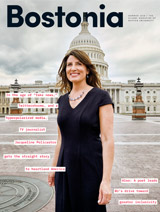

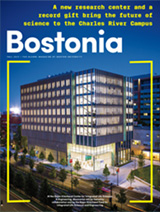


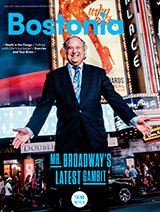


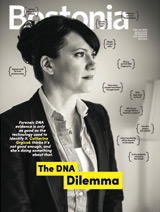

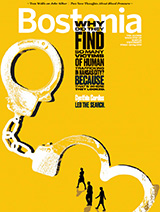



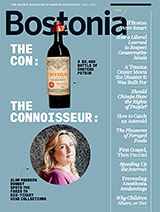
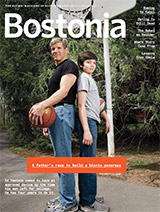
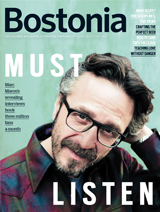
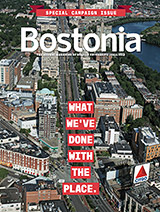
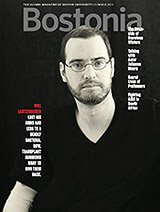







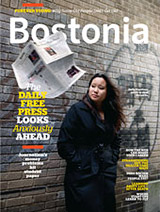
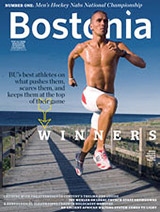
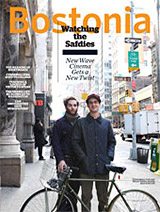



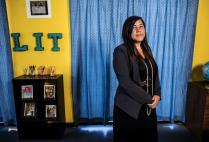
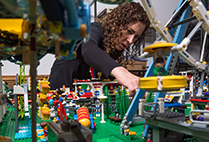

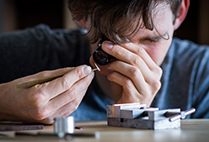


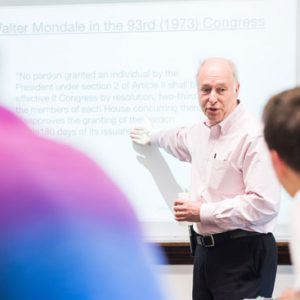

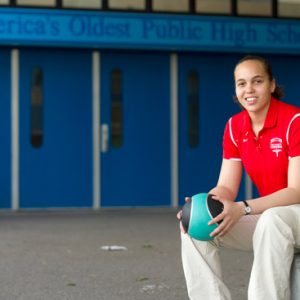



Related Stories
Moving to Improve
Active “brain breaks” get kids moving—and help them learn
NSF Awards $2 Million to Education Professor
Suzanne Chapin will design undergraduate math curricula that prepare future elementary school teachers
Studying the (Body) Language of Music
Violist Samuel Kelder finds a mentor and a new technique at BU
Post Your Comment